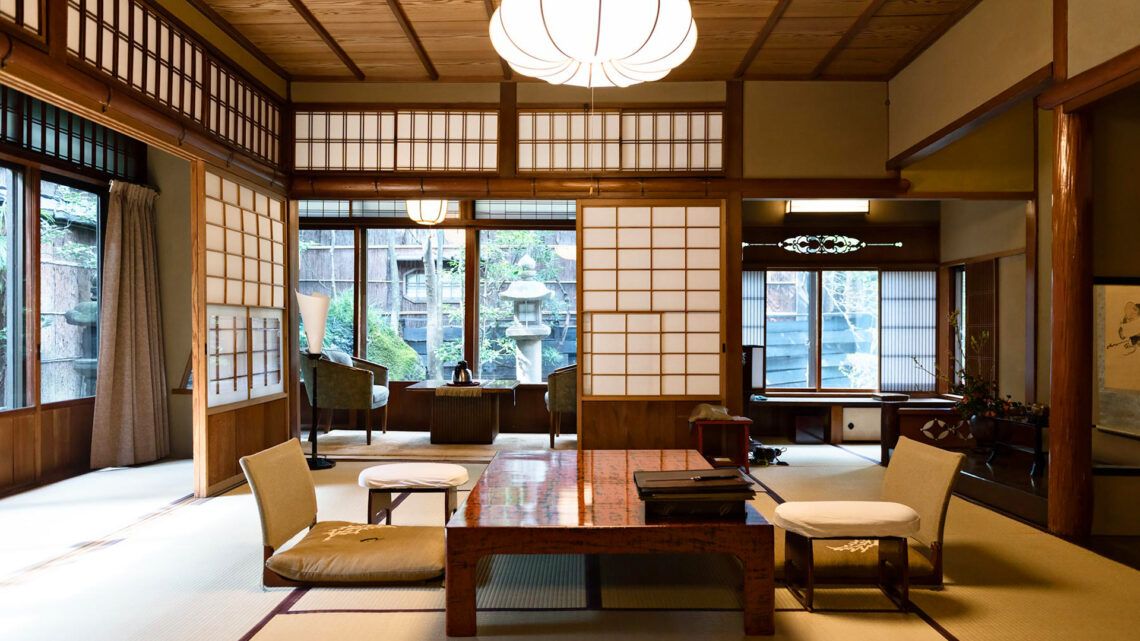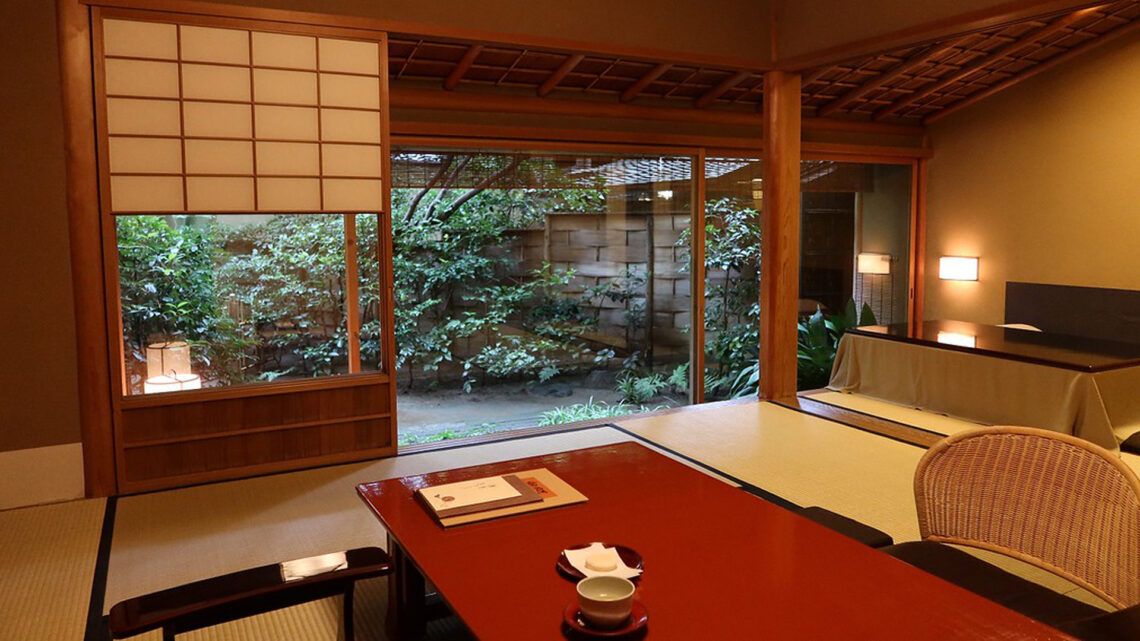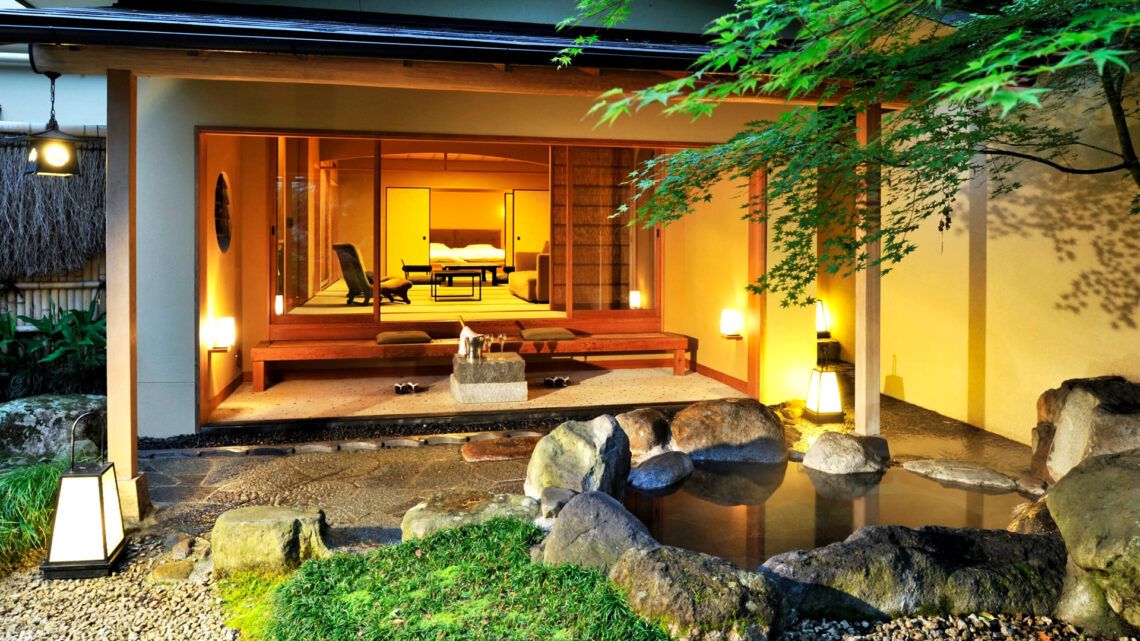
The Tea House Koicha no Yuko in Kyoto
When it comes to Japan’s rich cultural heritage, Kyoto stands as a true treasure trove. One of the most fascinating aspects of Kyoto’s culture is the ritual preparation and enjoyment of “Koicha no Yuko,” a traditional tea ceremony that includes the finest quality of Matcha. In this article, we will take you on a journey into the world of Koicha no Yuko in Kyoto to explore its history, significance, preparation, and the unique experience it offers.
The History of Koicha no Yuko
The roots of Koicha no Yuko can be traced back to the 9th century, during the Heian period. During this era, aristocrats in Kyoto began to appreciate the art of tea drinking, laying the foundations for Japanese tea culture.
The Tea House Koicha no Yuko in Kyoto, Japan, has a fascinating history that dates back to the 17th century. It is a place of deep cultural significance and a symbol of Japanese tea culture.
The history of the Tea House Koicha no Yuko begins with its founder, Sen no Rikyu, one of the most influential tea masters in Japanese history. Rikyu laid the groundwork for Japanese tea culture by promoting the “Wabi-Sabi” philosophy, which sees beauty in simplicity and humility. The tea house was created as a place to live and teach this philosophy.
The name “Koicha no Yuko” refers to the tea variety “Koicha,” which denotes particularly high-quality thick and concentrated Matcha tea. This reflects the philosophy of the tea house, as it is here that exceptionally high-quality tea is prepared and served. “Yuko” translates to “healing” or “benevolent,” and the tea house is meant to be a place where guests find peace and harmony.
In the 13th century, Zen Buddhist monks played a crucial role in shaping the way tea ceremonies were conducted. The emphasis on mindfulness and simplicity became an integral part of the practice, a tradition that continues to this day.
During the Edo period (1603-1868), the tea house known as Koicha no Yuko was a significant gathering place for artists, scholars, and tea enthusiasts. Here, not only were tea ceremonies held, but also poems were written, artworks created, and philosophical discussions conducted. The influences emanating from this place are still palpable in Japanese culture today.
The architecture of the tea house is a masterpiece of traditional Japanese design. It is small and unadorned, crafted from natural materials like wood and bamboo. The construction is tailored to create an intimate and contemplative atmosphere that complements the tea ceremony perfectly.
Koicha no Yuko is globally renowned for its tea ceremonies conducted according to ancient traditions. Special emphasis is placed on the quality of the tea, presentation, and the interaction between the host and guests. Every gesture and procedure carries deeper meaning and contributes to the meditative experience.
Today, Koicha no Yuko is operated by masters of the tea art who carry on the traditions and philosophies of Sen no Rikyu. It remains a place where Japanese tea culture is preserved in its purest form.
Koicha no Yuko represents deep respect for tradition and an appreciation of the present moment. It is a testament to the Japanese way of life where every action is imbued with meaning and mindfulness.
The ceremony often serves to bring people together. Friends, family, or even strangers can enjoy thick matcha on a deeper level and get lost in heartfelt conversations.
The heart of Koicha no Yuko lies in the selection of the finest matcha powder. It should be vivid green and exude a sweet fragrance, indicating its high quality.
The tea house Koicha no Yuko is globally renowned for its tea ceremonies conducted according to ancient traditions. Special emphasis is placed on the quality of the tea, presentation, and the interaction between the host and guests. Every gesture and procedure carries deeper meaning and contributes to the meditative experience.
Traditional tea bowls, bamboo whisks, and silk cloths are used for the ceremony. Each item serves a specific purpose and contributes to the overall experience.
The preparation is a ritualistic process that involves the precise addition of matcha powder to the bowl, followed by hot water. The mixture is then whisked into a smooth, frothy consistency.
The Experience of Koicha no Yuko
The ceremony begins with a sense of anticipation as the matcha is meticulously prepared. Participants linger in silent contemplation, preparing themselves for the upcoming sensory journey.
The tea bowl, the vibrant green matcha, and the graceful movements of the host create an aesthetic experience that captivates all the senses.
Koicha, thicker than regular matcha, offers a unique flavor profile. It is rich, creamy, and slightly bitter, leaving a lingering, pleasant aftertaste.
The teahouse Koicha no Yuko in Kyoto is not only a historical gem but also a vibrant place where Japanese tea culture is celebrated. Its history, architecture, and deep-rooted connection to the Wabi-Sabi philosophy make it an essential destination for anyone wanting to experience the beauty and significance of tea in Japanese culture.
Koicha no Yuko in Kyoto is more than just a tea ceremony; it is a window into the rich cultural tapestry of Japan. It embodies tradition, mindfulness, and the art of bringing people together over a simple yet profound cup of matcha.
The vibrant green color symbolizes the high quality and freshness of the matcha powder. These ceremonies are often accessible to tourists and visitors looking to experience Japanese culture. There is a set of traditional etiquette that must be followed, such as bowing and using both hands to receive the tea bowl.
While it is commonly practiced during traditional ceremonies, it can also be enjoyed in a casual atmosphere with friends and family.
Different regions of Japan may have their own unique variations and traditions when it comes to tea ceremonies.



